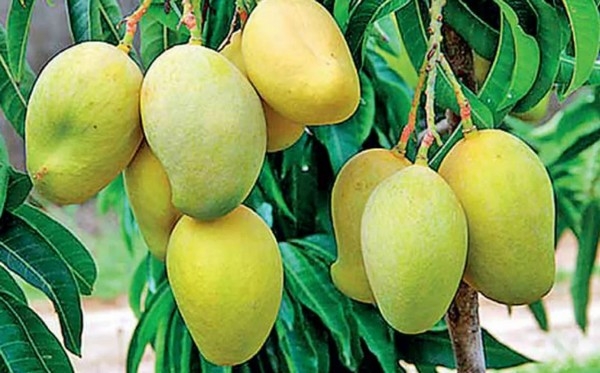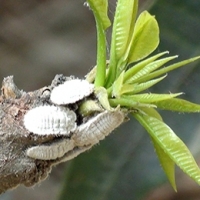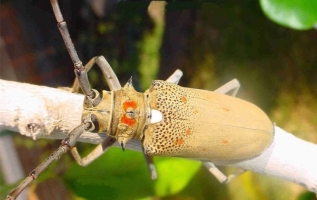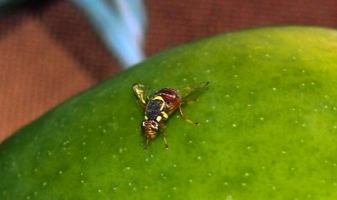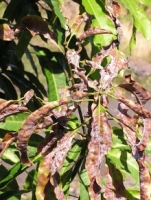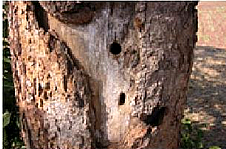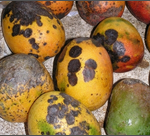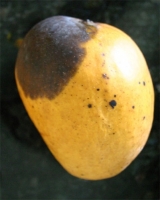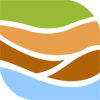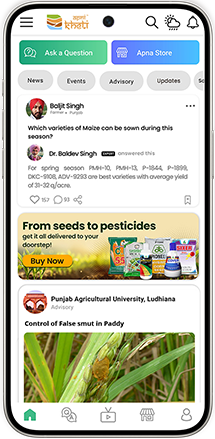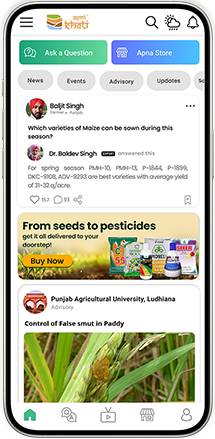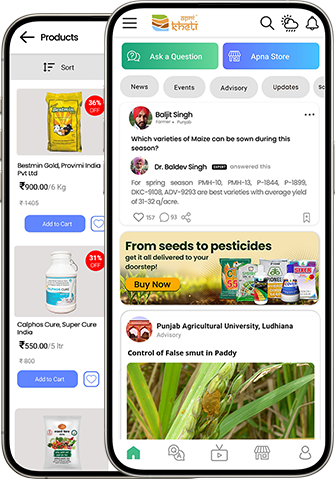Hapus: Popular variety. Fruits are with firm flesh with excellent orange color.
Kesar: Medium size fruits with fibre less sweet flesh.
Ratna: Medium size, atractive fruits.
Gulabi
Vanraj
Sindhu
Kokan Ruchi
Kokan Raja
Samrat
Pairi: Early maturing, heavy bearing crop. medium size, good quality fruits.
Langra: Fruits are medium to large, smooth having lemon yellow color. Flesh is fibreless with fine test. Skin of fruit is medium thick. Fruits are ready to harvest in second week of July. It gives average yield of 100kg per plant.
Other States Variety
Dusheri: It is widely grown in a region. Fruits are ready to harvest in first week of July. Fruits are small to medium size, smooth having yellow color, sweet in test and stone is of small size. Fruits having better keeping quality. It is regular bearing crop. It gives average yield of 150kg fruits per tree.
Amrapali: Dwarf variety with small to medium size fruits. It is suitable for high density planting. Fruits are fibreless and of excellent quality.
Mallika: Regular bearing variety with attractive fruits.
Sudaraja: Fruits are sweet having TSS content 22%. It gives average yield of 65kg per plant.
Bombay Green: Early season variety. Fruits are medium size, ovate and oblong shape. It is having medium keeping quality.
Fazli: Late season variety having large size, oblong to oval shape. Fruits are having medium keeping quality.
Chausa: It is late season variety. Fruits are large and oval shape with light yellow in color.
Gulab Khas: Mid season, regular and heavy bearing variety. Fruits are amber color and its keeping quality is good.
Pusa Surya: Regular bearing variety. Fruits are medium to large size having attractive yellow color. It is rich in vitamin C.
Pusa Pratibha: Regular bearing variety and suitable for high density planting. Fruits are having attractive red color and yellow pulp.
Ambika: Fruits are medium size, smooth with tough skin. Fruits are bright yellow color with dark red blush. It is late maturing and regular bearing variety.
Arunika: It is cross of Amrapali and Vanraj. Fruits are attractive with red blush.
Hybrids: Amrapali, Ratna, Arka Arjun, Arka Puneet, Arka Anmol, Sindhu, Manjeera
Varieties: Alphonso, Himsagar, Kesar, Neelam, Lucknow safeda, Pusa Peetamber, Pusa Lalima, Pusa Shreshth, Vanraj, Zardalu, Suvarnarekha, Imam Pasand.

